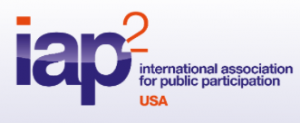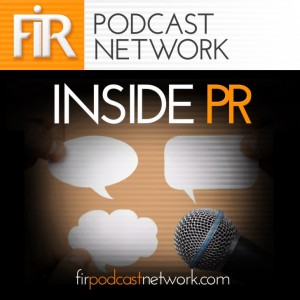On this week’s episode of the Inside PR podcast: The biggest change to WordPress in ten years; the Guardian decides good enough video really is good enough; and a teachable moment in marketing ethics. It’s about disclosure, stupid!
WordPress 5 with Gutenberg
WordPress users have something big to look forward to – the release of WordPress 5. WordPress published an updateforecasting that WordPress 5 will be released as early as August. Why is WordPress 5 such a big deal? Because it will incorporate the new Gutenberg editing system.
Gutenberg will be the first significant change in WordPress’ core editing dashboard in ten years. And when it is introduced, WordPress users will have, for the first time, a true WYSIWYG interface that will enable them to create, format and arrange their content as they create it, seeing the results as they make the changes. As long time WordPress users, this is something that we have been looking forward to. August can’t come soon enough.
Sometime good enough video is good enough
We know that video is the most engaging of social objects. But we also know that it takes a lot of work to produce highly polished “professional-looking” videos. Digiday reports that The Guardian has adjusted their approachto video on Instagram. They concluded that the uptake of their videos does not justify the high cost of production of highly polished videos. On the other hand, they also noticed that less polished videos were being viewed as often as higher quality, higher cost of production videos. So, from now on, the Guardian is producing less polished videos such as 12 to 15 screen “explainers.”
We think there is a lesson here for all of us – sometimes it makes sense to aim for “good enough” to achieve your objectives. If you can achieve your objective at lower cost, doesn’t it just make sense to do this?
If you fail to disclose, this could be you
A few weeks ago we talked about the less-than-transparent disclosure made by matte story distributors and publishers. This week, Buzzfeed threw daylight on another lapse in disclosure. They highlighted the behaviour of one marketing company that routinely places bylined articles in online news outlets such as Forbes and Entrepreneur without disclosing that references to their clients within the articles are in fact references to clients of the marketing firm.
Nobody is served well by this practice. Not the client. Not the publisher. And not the marketing firm. Just one more reminder to us all that trust is built over time, but can be lost with a single action. Let’s remember, when in doubt, disclose.
Linkworthy
- Gutenberg is coming to WordPress
- The Guardian finds less-polished videos work best on Instagram stories, Jessica Davies
- One Of The Web’s Most Prolific Online Marketing Writers Has Been Promoting His Clients In Articles For Forbes, Entrepreneur, And Inc. Magazine, Jon Christian
This post originally appeared on the Inside PR Podcast blog.






